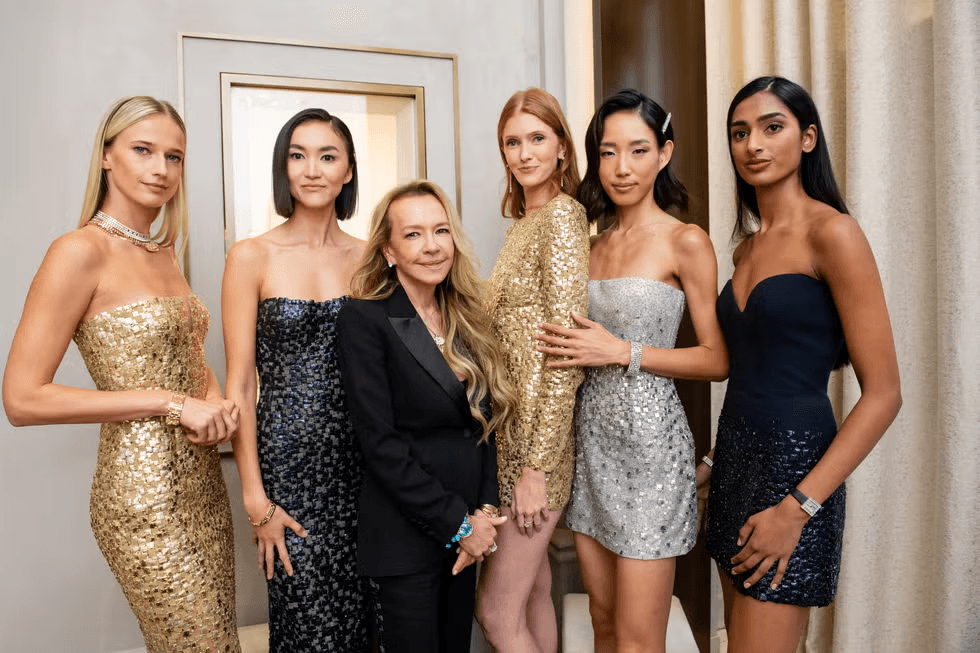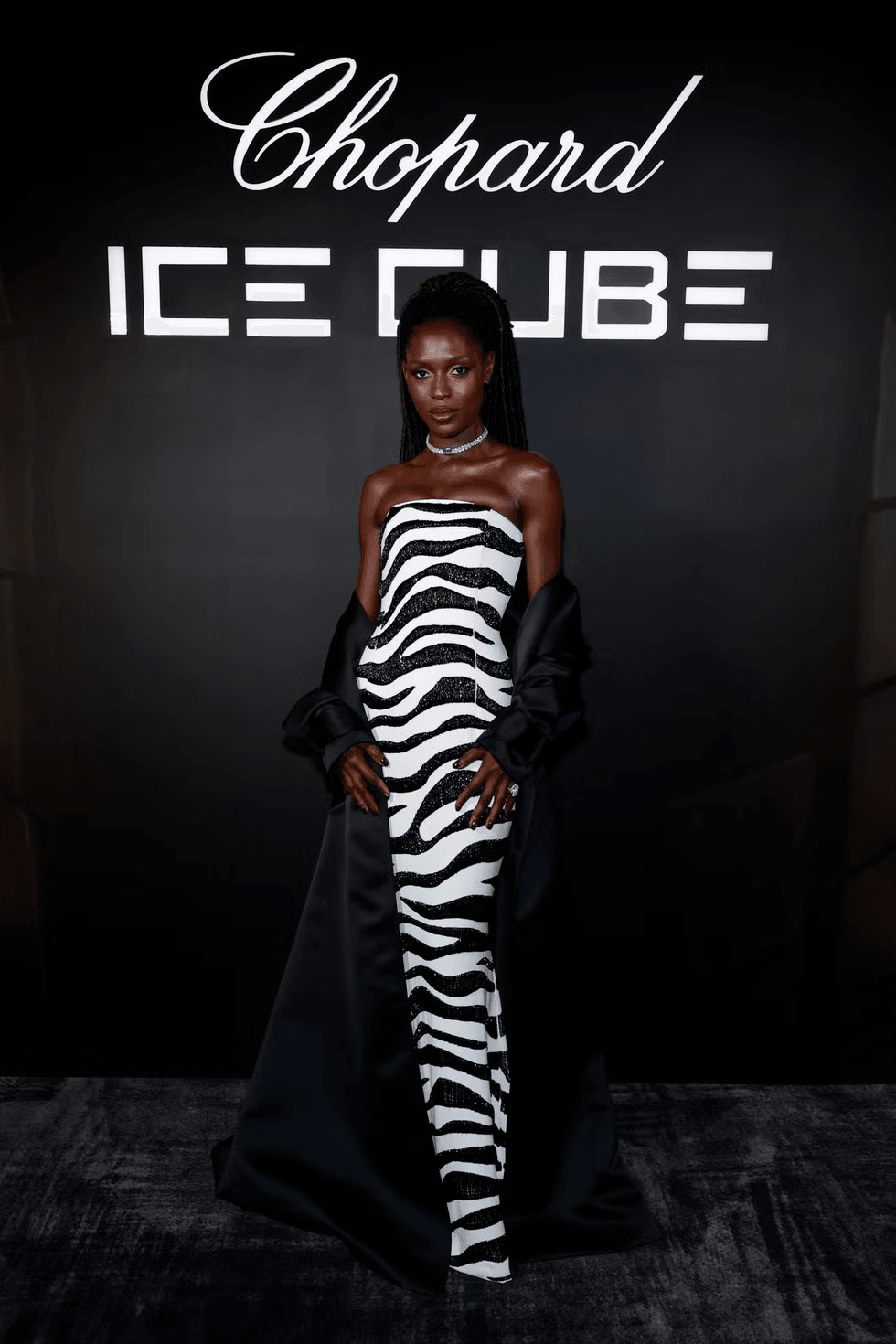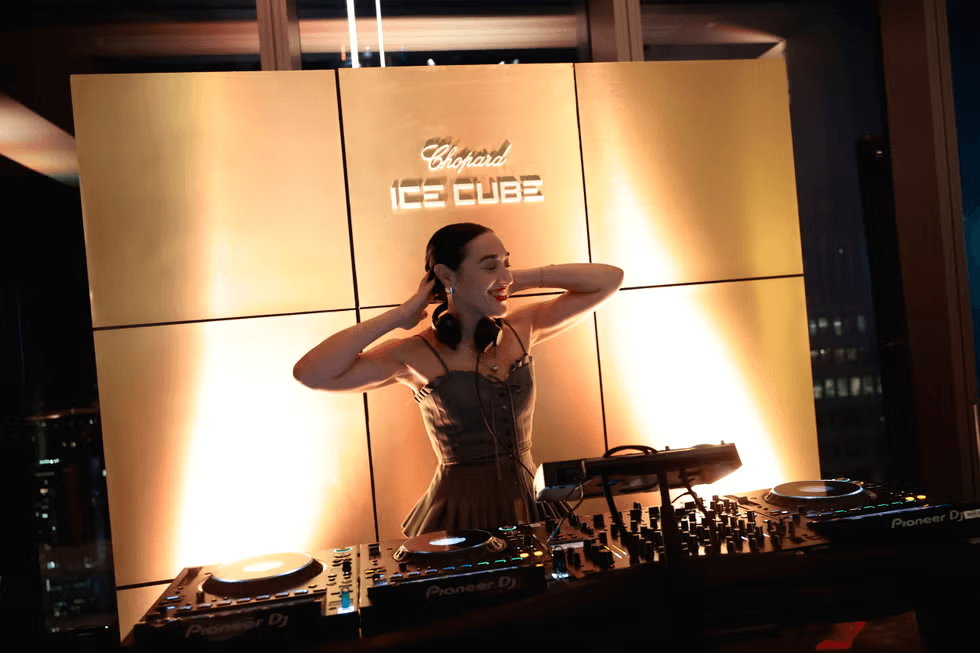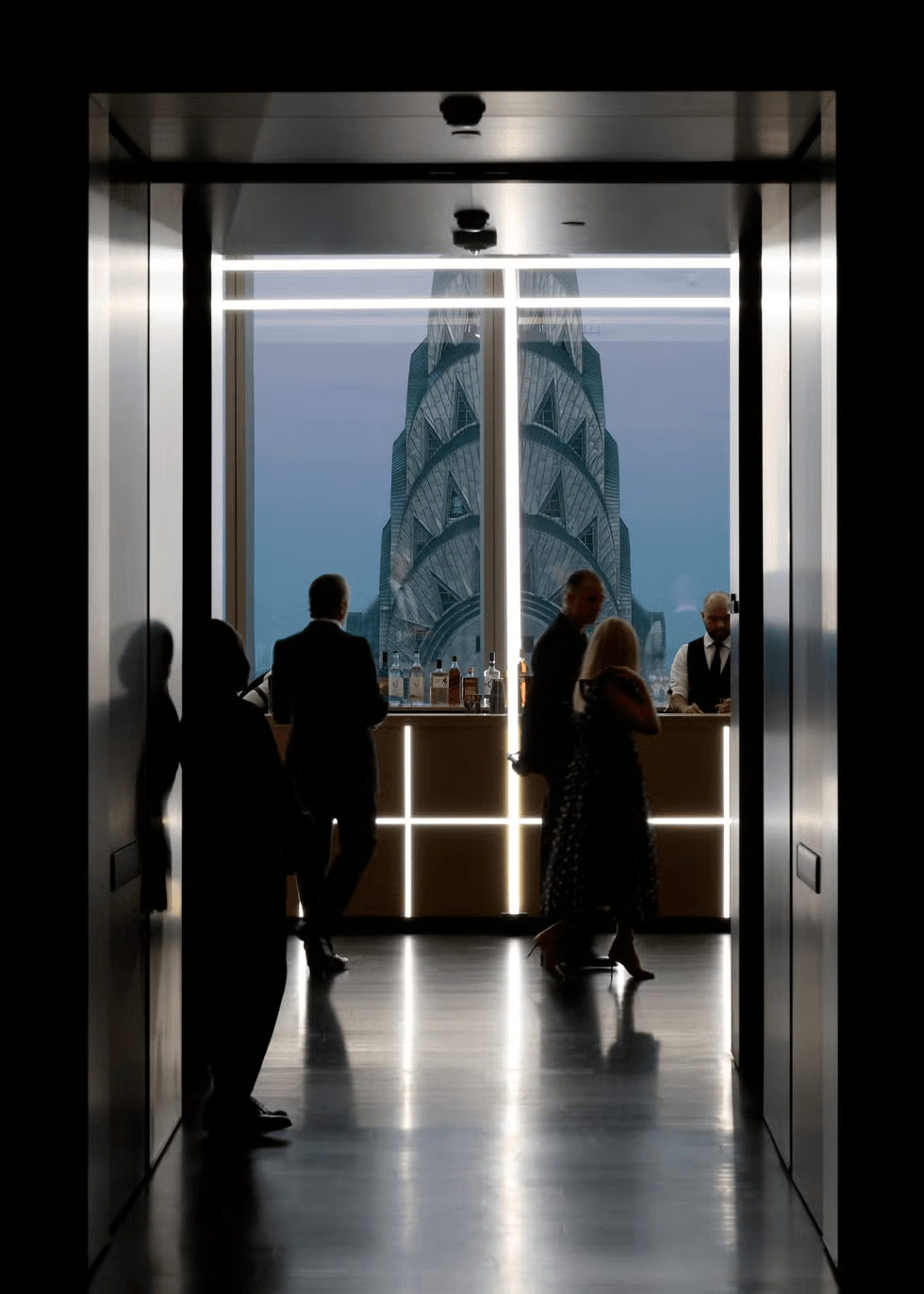Elevating Diamonds—or Just Ice Metrics?
Chopard’s splashy debut of the Ice Cube collection during NY Fashion Week didn’t quietly slip by—it roared. Hosted at an art-deco-inspired setting in the sky (One Vanderbilt, 55th floor), the brand cut sharp geometric gold pieces with delicate diamond settings, leaning into volume, movement, and expression. The Ice Cube motif, a Chopard signature since 1999, feels revived, refreshed—and maybe overdue. But in a crowded market, is it enough to just shine?

Glamour Meets Sustainability Talk
Guests like Bella Hadid praised Chopard’s craftsmanship and sustainability credentials during the launch. While the designs feel “wearable yet unexpected,” the question lingers: how deep is that sustainability? As consumers demand more transparency, should brands lean more on sustainable gemstones provenance than just glamour under lights?
Diamonds, Design or Disruption?
These new modular rings in 18K gold, diamond tennis bracelets, the strong art-deco vibes—all a feast for the eyes. But for a lot of jewelry buyers, especially those exploring lab-grown diamonds, the gap between price and ethical sourcing feels wider than ever. Can Chopard meet expectations of traceability, material ethics, or will this be another high-end spectacle with little accountability?
Stars, Status & Social Currency
Celebs like Ashley Graham, Emily Ratajkowski, Jodie Turner-Smith and Normani mingled over champagne spritzes and metal & diamond wristwear. A luxe setting, the metallic gowns, the statement rings—this is jewelry as social signaling. But luxury brands can’t just rest on optics. Modern premium consumers want stories behind materials: where did that gold come from? Are stones sourced ethically?

Dimitrios Kambouris

Dimitrios Kambouris

Dimitrios Kambouris
My Take
Chopard’s Ice Cube launch dazzled—and it should. They’ve taken a known motif and pushed it further with drama, craftsmanship, and presentation. But as someone watching the jewelry world shift, I worry many such launches lack the systems: transparency in supply chains, ethical standards, lab-grown or recycled alternatives. If a brand wants to be modern, it can’t just innovate design—it needs to validate values.
